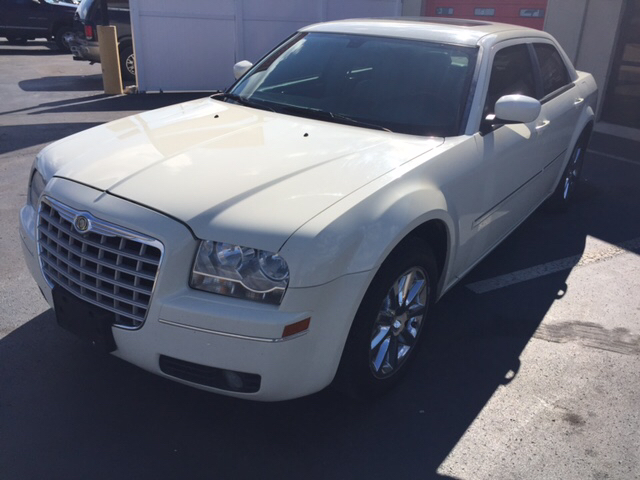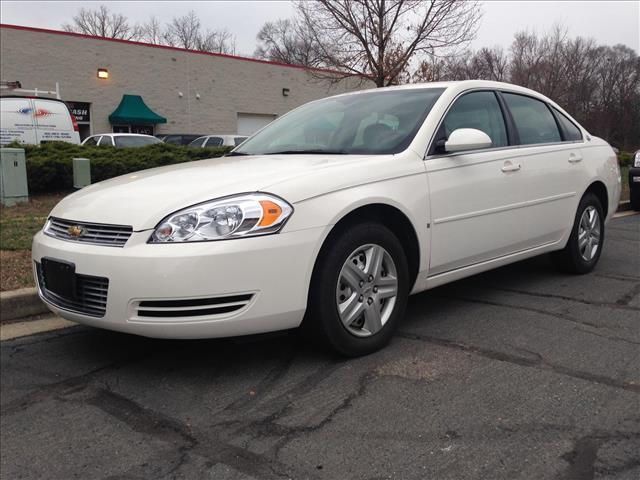Sedans
The word sedan has been known in a car industry for a century now since its first use in 1911 by the Speedwell Motor Co (US). Surely it hasn't been deprived of its meaning and is still in use today, for it denotes a sheer range of cars from lightweight and inexpensive economy vehicles to mid class and executive sedans, not to mention extremely luxurious models and sports cars. Numerous sources imply that the term derived from Italian sedia, meaning chair. In European languages words with same Latin root sed- (sedere to sit) were often used in relation to different kinds of litters brought from colonies where such means of transportation were prominent.
Since its initial development as an independent configuration, sedans have been manufactured in all industrialized countries of the world. During the crisis of the 1920s and in the post-Depression Era, automakers strived for providing cheaper cars for people's needs. The Renault 6CV and the Ford Model Y 1932 were robust sedans which proved to be popular and highly economical in those years.
According to the contemporary car classification any sedan is based on so-called three-box configuration constituted by pillars or posts which support the top of the vehicle. They are commonly referred to as A, B, C and D pillar. A basic sedan consists of three pillars, while a station wagon an extension of sedan includes additional D pillar. Sedan cars have its engine and trunk separated from passenger seats. The engine is usually installed at the front. Exceptions are rear-engine models. Nowadays, sedans are available in front-wheel-drive, rear-wheel-drive or all-wheel-drive modifications, the latter is more common for crossovers. Usually there are two rows of seats with normal rear-seat legroom. A wide range of sedan cars can be divided into two groups mid-size (with less than 33 cubic meters of passenger volume) and full-size (more than 33 cubic meters) models. The major portion of sedans is produced with two doors, but there are also four door cars. Modern sedans also include the following car body modifications:
- hardtop with A and B pillars only (see Buick Roadmaster 75 Riviera, Mercedes Benz Slk350 ).
- hatchback (or liftback) its rear interior can be easily readjusted for cargo or passengers using foldable seats; hatchbacks feature an upward-opening rear door (Ford Focus, Peugeot 306, Ford Figo).
- notchback usually has an angular body with the roof and the trunk lid strictly parallel to the ground. Examples: 1962 Chevrolet Impala, 1965 Ford Mustang Notchback Coupe, Opel Insignia Notchback).
- fastback has a recognizable, continuous streamline sloping rear and fixed rear window. The term is often confused with hatchback. (See: Mercedes-Benz CLS-Class W219, Citroën C6, Nash Ambassador Airflyte).
- chauffeured sedans, or limousines luxurious and expensive executive cars with a distinguishable, elongated passenger compartment allowing for placing two bench seats.









